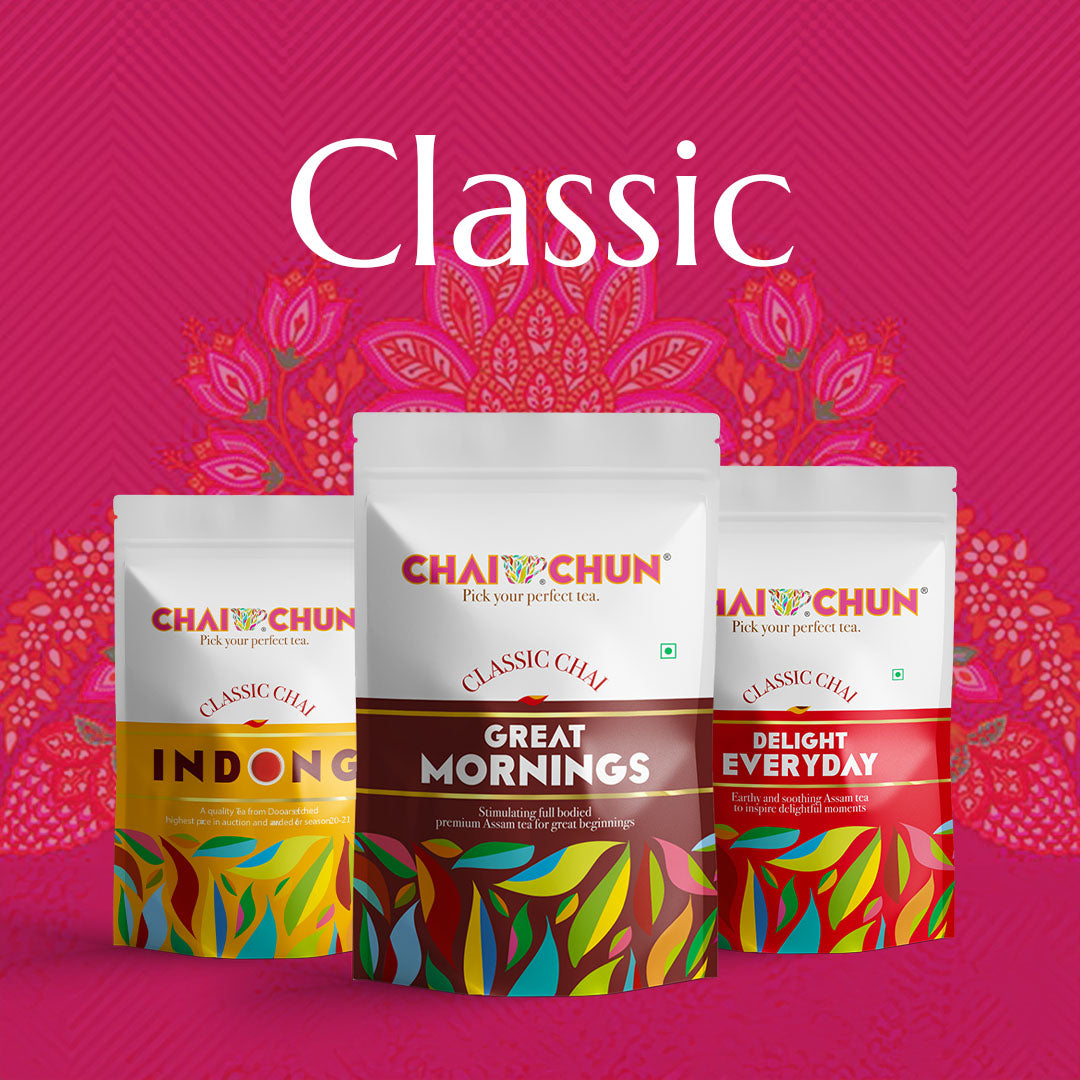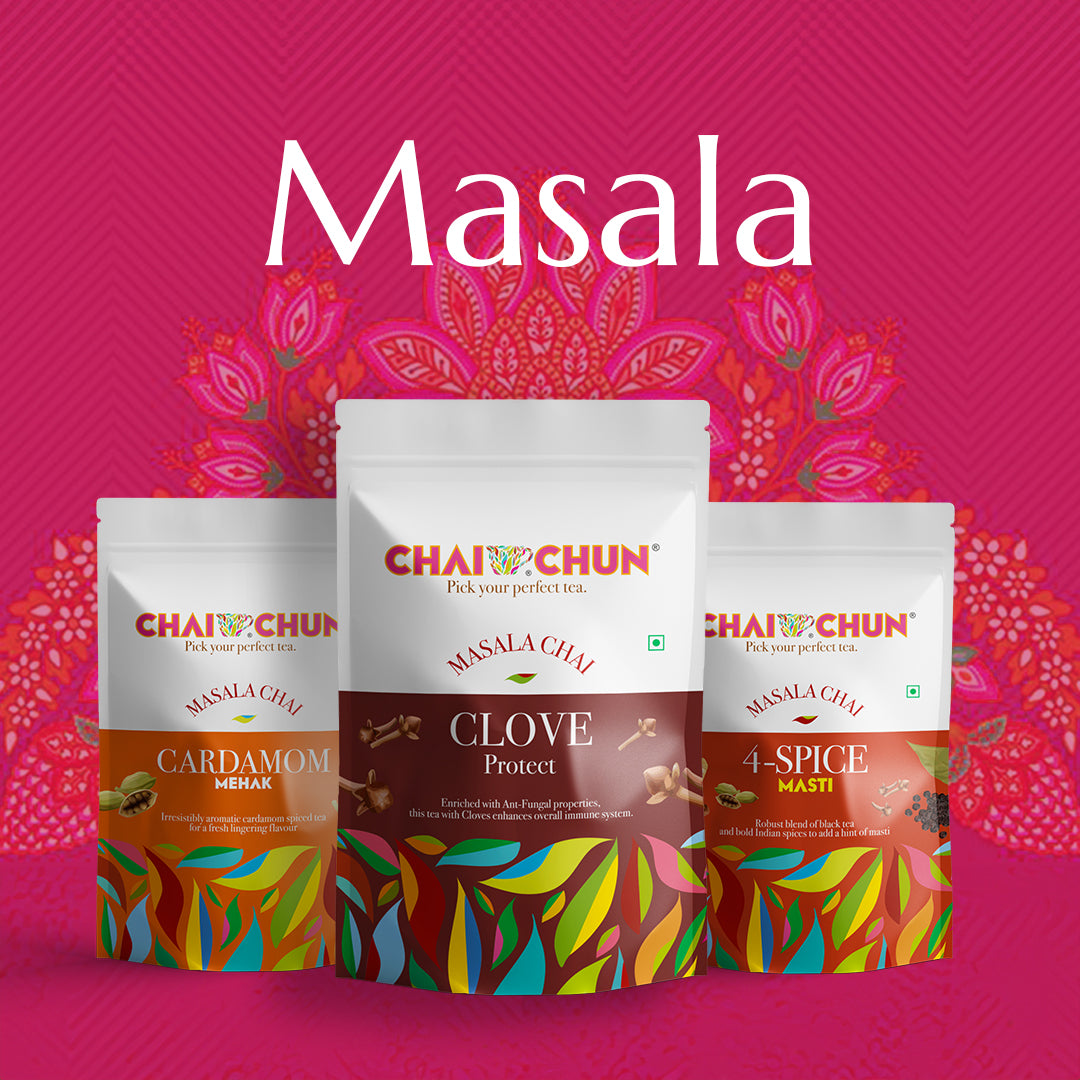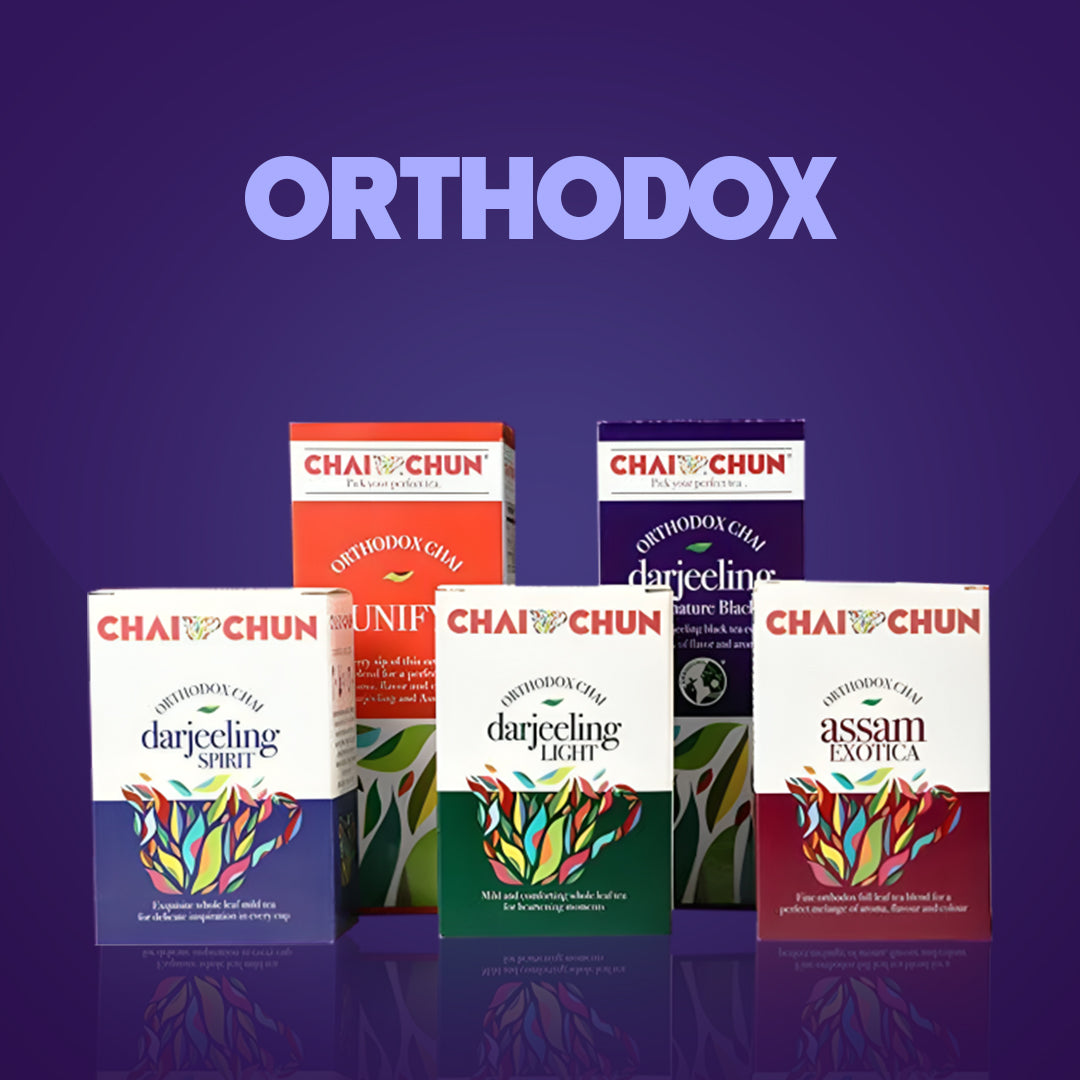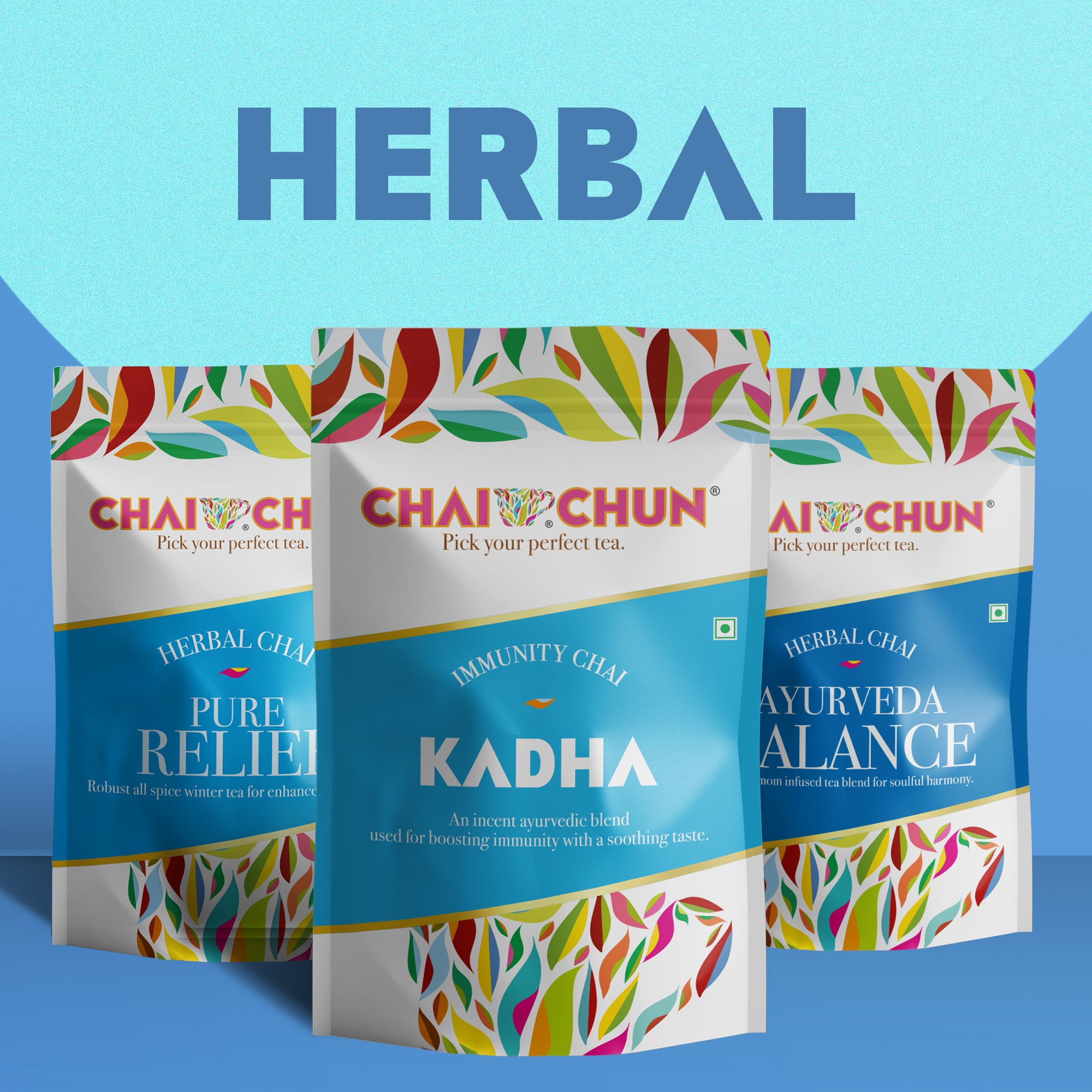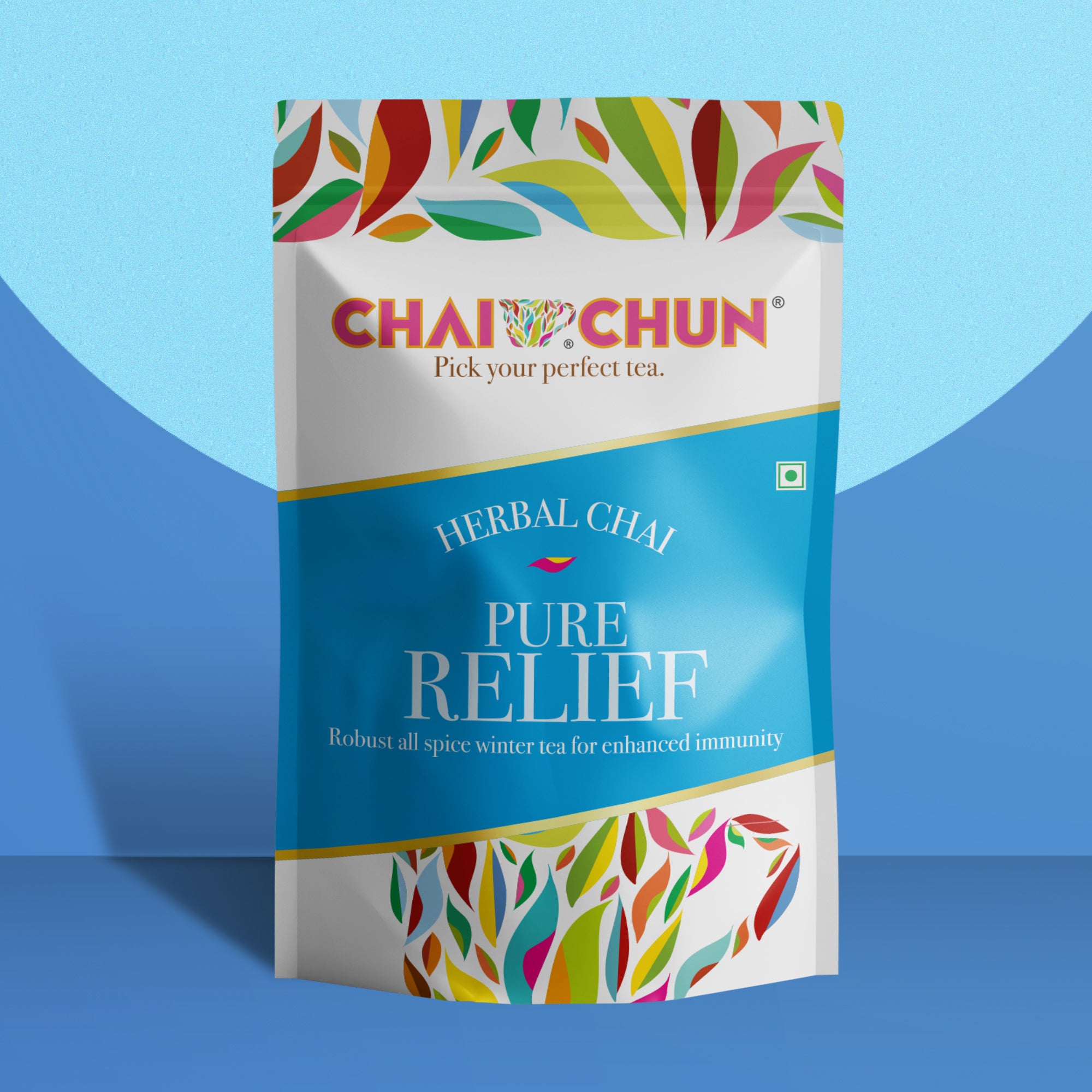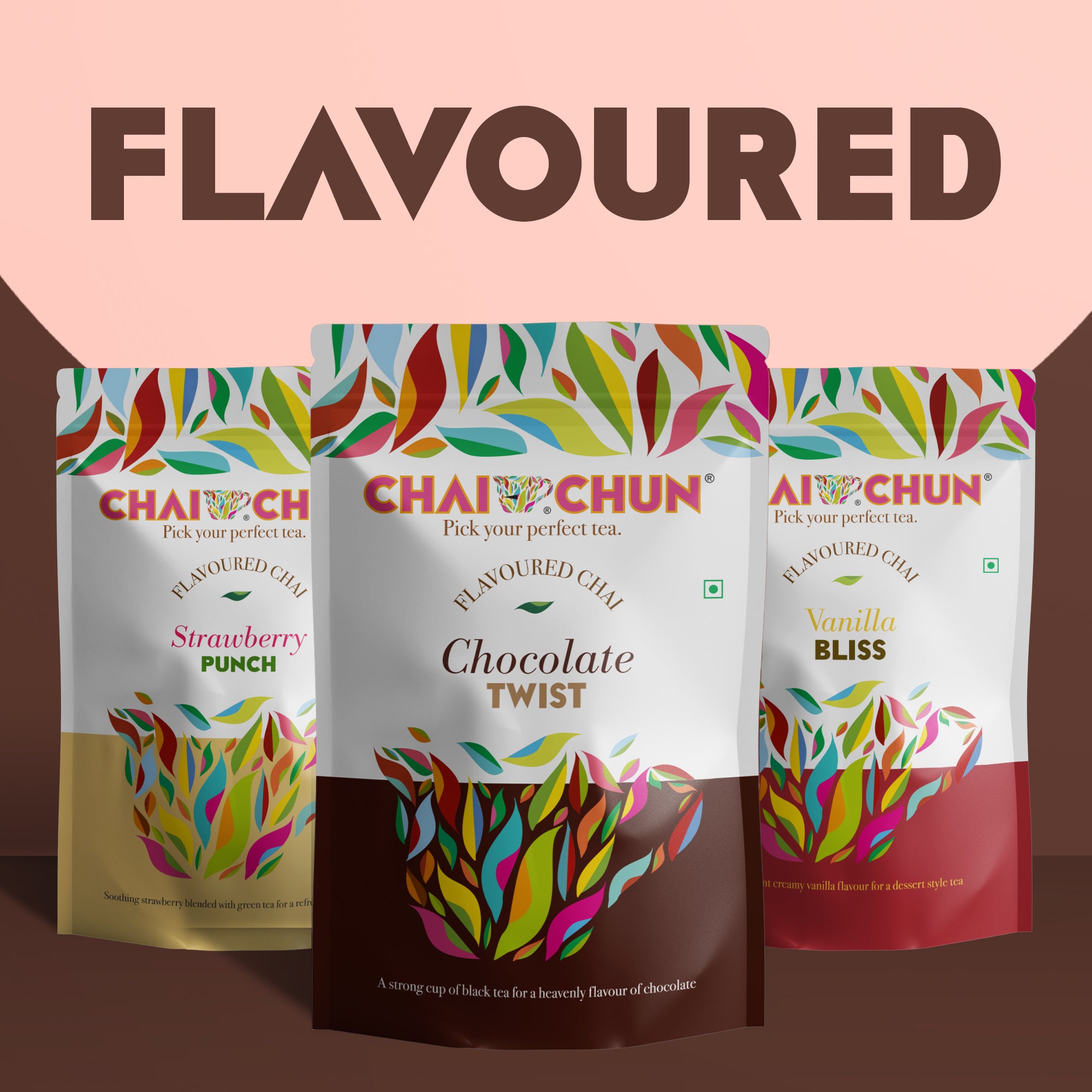Matcha Tea
Round and mellow in the mouth, this green tea develops delicious vegetal notes complemented by a particularly powerful umami flavour.
The unique production method makes Matcha highly prized for its numerous benefits. This powdered green tea, rich in caffeine and catechin, is associated with energising, antioxidant qualities.

Knowing Matcha teas
-
Harvest
 ▪ To obtain matcha, young shoots picked from tea plants which are deprived of light for several weeks. ▪ These then go through processing stages for green tea before the leaves are ground into a fine powder in stone grinders. ▪ The powder is then diluted in hot water by whisking energetically with bamboo utensil. ▪ When drunk, the tea leaves are directly absorbed, producing the distinctive taste of matcha and the numerous benefits absorbed by the body.
▪ To obtain matcha, young shoots picked from tea plants which are deprived of light for several weeks. ▪ These then go through processing stages for green tea before the leaves are ground into a fine powder in stone grinders. ▪ The powder is then diluted in hot water by whisking energetically with bamboo utensil. ▪ When drunk, the tea leaves are directly absorbed, producing the distinctive taste of matcha and the numerous benefits absorbed by the body. -
History
 ▪ Matcha was introduced by Japanese monks in the 12th century ▪ Matcha is prepared by crushing the leaves to a powder as fine as flour, then whisking into hot water in a bowl. ▪ Very stimulating due to its high theine content, matcha was the perfect accom paniment to meditation, to remain alert and focused for hours on end. ▪ Perhaps hence, Samurai warriors began drinking Matcha in 13th century
▪ Matcha was introduced by Japanese monks in the 12th century ▪ Matcha is prepared by crushing the leaves to a powder as fine as flour, then whisking into hot water in a bowl. ▪ Very stimulating due to its high theine content, matcha was the perfect accom paniment to meditation, to remain alert and focused for hours on end. ▪ Perhaps hence, Samurai warriors began drinking Matcha in 13th century -
Ceremonial
 ▪ The practice of whisking tea remained firmly rooted in Japanese society ▪ It became one of the pillars of the Cha No Yu, the tea ceremony. ▪ This ceremony formalises the connec tions between tea, Buddhism and the different tea schools. ▪ This led Matcha to gain a new symbolic and mystical significance, and the tea gradually became a national treasure.
▪ The practice of whisking tea remained firmly rooted in Japanese society ▪ It became one of the pillars of the Cha No Yu, the tea ceremony. ▪ This ceremony formalises the connec tions between tea, Buddhism and the different tea schools. ▪ This led Matcha to gain a new symbolic and mystical significance, and the tea gradually became a national treasure.

